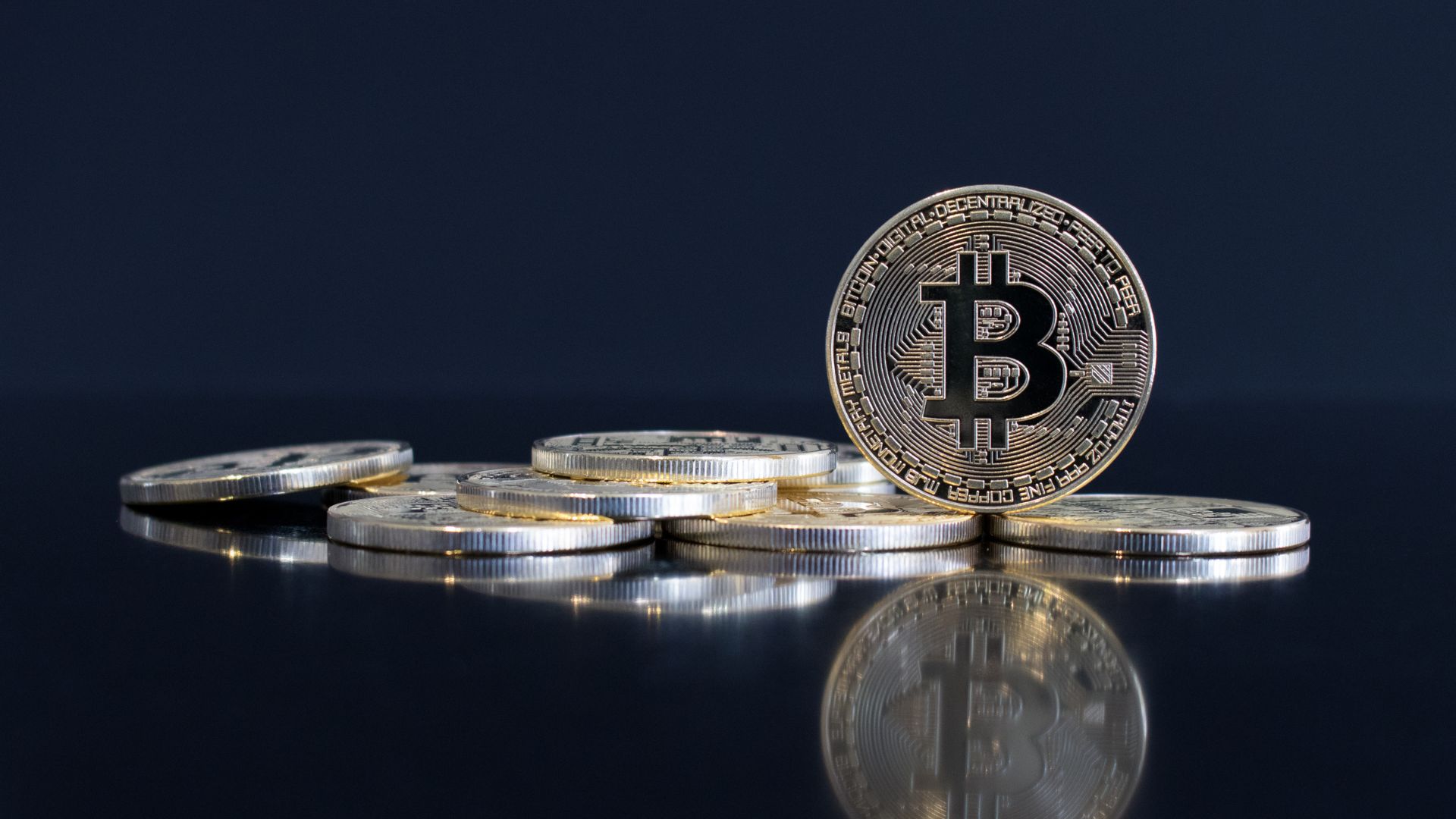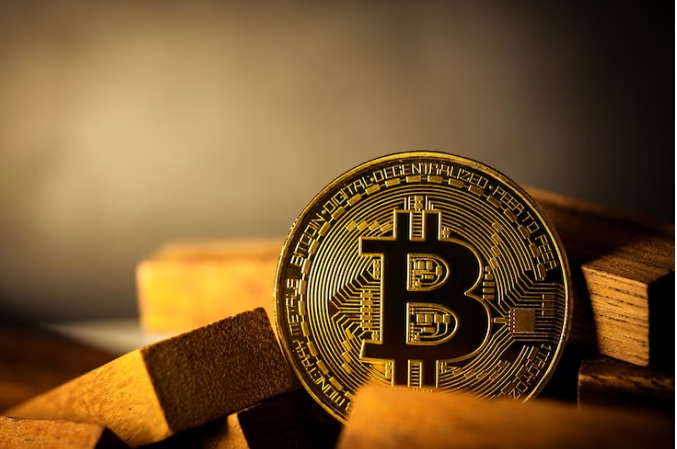“Money has always been a matter of trust.” – Friedrich Hayek
Gold is a symbol of wealth and fascination for centuries. While Bitcoin, a revolutionary digital currency, has captivated the attention of investors and finance enthusiasts alike. But can Bitcoin truly rival gold as a safe-haven asset? Let’s uncover the implications of the comparison between gold and Bitcoin and gain fresh insights into wealth preservation.
The Historical Significance of Gold and Bitcoin
1.1 The Timeless Attraction of Gold
Gold has captivated civilizations with its physical properties and cultural significance. Moreover, its enduring appeal is rooted in its captivating beauty and intrinsic value. Ancient societies recognized and utilized gold as a medium of trade. Its exceptional resistance to corrosion and durability made it a perfect choice for crafting intricate ornamental pieces. Gold carries a profound message, representing wealth and power. Its ability to retain its value has established it as a trusted store of wealth.
1.2 The Emergence of Bitcoin: A Paradigm Shift
In 2009, bitcoin emerged as a groundbreaking development. This revolutionized the concepts of money and finance. It challenged traditional financial structures by presenting a decentralized digital currency. Unlike gold, bitcoin exists solely in the digital realm of developed blockchain technology. Its limited supply, accurately imposed by mining, instills a sense of scarcity. Bitcoin’s transparent nature, enabled by the blockchain, guarantees security and accountability in transactions. It presented the innovative concept of programmable currency through smart contracts. Therefore, this enables seamless automated financial transactions.
Store of Value: A Comparative Analysis
2.1 Assessing Stability and Inflation Hedge
Both gold and bitcoin are highly sought after as assets that preserve value and offer protection against inflation. Gold, with its long-established history, has proven to be remarkably stable, maintaining its value consistently over time. It has served as a reliable safe haven during inflationary periods, safeguarding purchasing power when fiat currencies undergo devaluation. In contrast, bitcoin is a relatively new asset, and its stability is still being established. Although bitcoin exhibits price volatility, its limited supply and decentralized nature present the potential for long-term inflation hedging. As the stability of bitcoin continues to evolve, it may emerge as a valuable tool in protecting against the erosive effects of inflation.
2.2 Assessing Portability and Divisibility
When it comes to divisibility and portability, bitcoin holds a significant advantage over gold. Being a digital asset, bitcoin can be effortlessly transferred across borders within seconds, enabling smooth global transactions. Moreover, it can be conveniently stored in digital wallets, ensuring high accessibility and portability. In contrast, gold’s physical nature presents challenges in terms of portability and necessitates secure storage measures. Dividing gold into smaller units also requires specialized processes, limiting its flexibility for everyday transactions. In comparison, bitcoin’s inherent divisibility allows for seamless microtransactions. Overall, bitcoin’s digital nature grants it superior divisibility and portability, setting it apart from the physical limitations of gold.
| Info Box: Did you know? The largest gold reserve in the world is held by the United States, which owns over 8,000 tons of gold. This massive stockpile underscores gold’s enduring value and importance in the global economy. |
Demand and Supply Dynamics: Examining Scarcity
3.1 Gold Mining vs. Bitcoin Mining
Gold and bitcoin mining has distinct implications when it comes to scarcity. Gold mining involves the extraction of precious metals from the earth. This is a laborious and resource-intensive endeavor that demands substantial investment. Consequently, as the search for gold becomes more challenging, the costs and efforts associated with mining rise. This affects the future supply of this precious metal. Bitcoin mining relies on powerful computers to solve complex mathematical problems. This process introduces new bitcoins into circulation, albeit at a diminishing rate over time. The algorithmic scarcity inherent to Bitcoin, coupled with the progressively tougher mining process. This ensures a finite supply that resists easy manipulation.
3.2 Halving Events and Their Effects
Bitcoin incorporates halving events that intentionally decrease the rate at which new Bitcoins are generated. Roughly every four years, the number of Bitcoins available to miners is halved. Moreover, these halving events play a vital role in managing Bitcoin’s supply and instilling a sense of scarcity. By reducing the pace of issuance, these events gradually diminish the pool of accessible Bitcoins. As the supply dwindles, the demand for Bitcoin is anticipated to grow, potentially resulting in price appreciation. Furthermore, these periodic halvings serve as significant milestones for Bitcoin, attracting heightened market attention and fostering anticipation.
Conclusion
Bitcoin and gold bear notable resemblances, it remains premature to proclaim bitcoin as the new gold. Moreover, each asset possesses distinctive attributes and fulfills distinct roles within the financial realm. As cryptocurrencies advance and gain wider acceptance, they may complement traditional assets like gold, contributing to a diversified financial landscape.
By exploring the surprising similarities between Bitcoin and gold, we gain valuable insight into the potential future of cryptocurrencies.





















